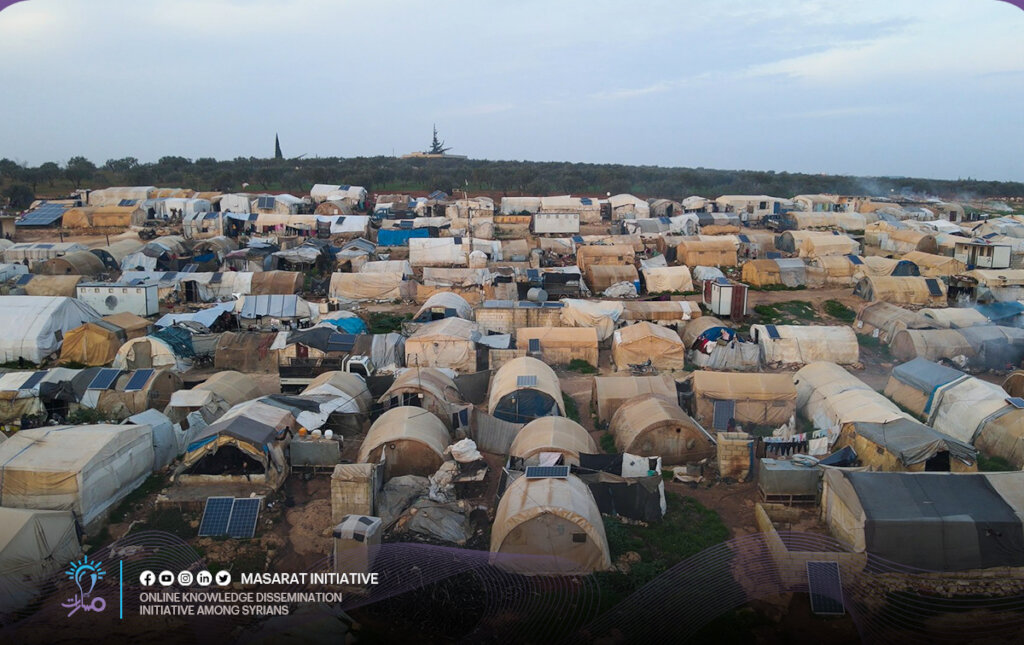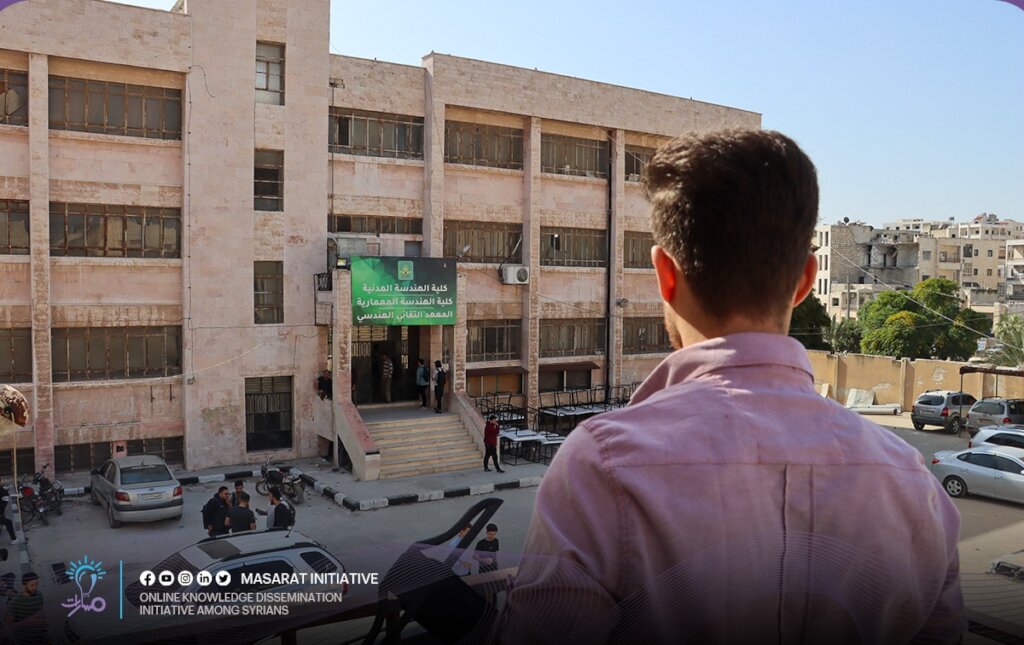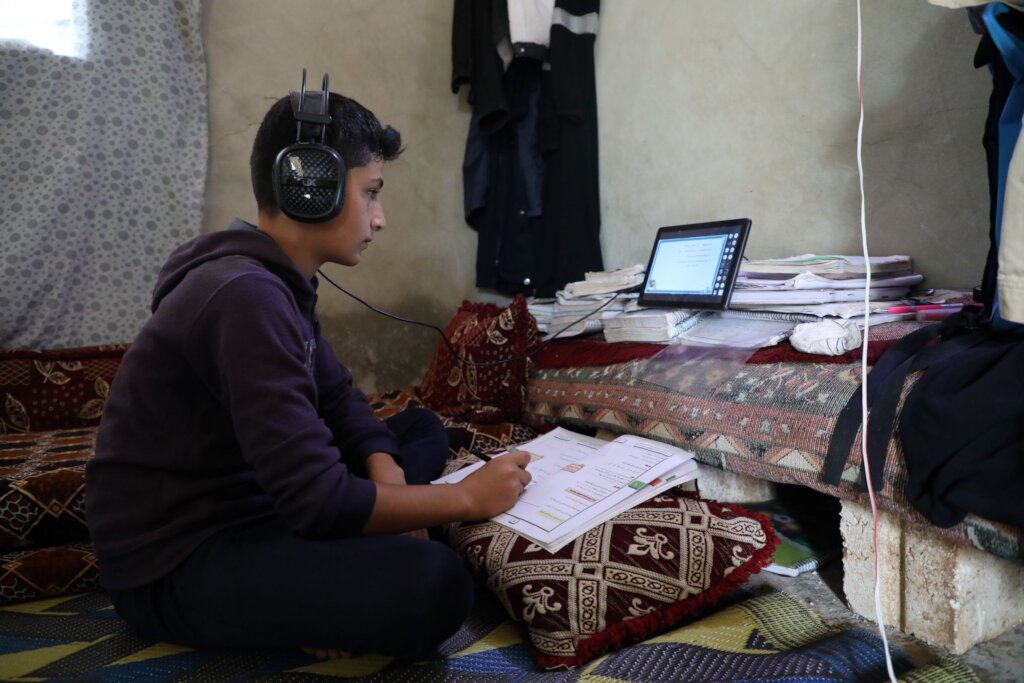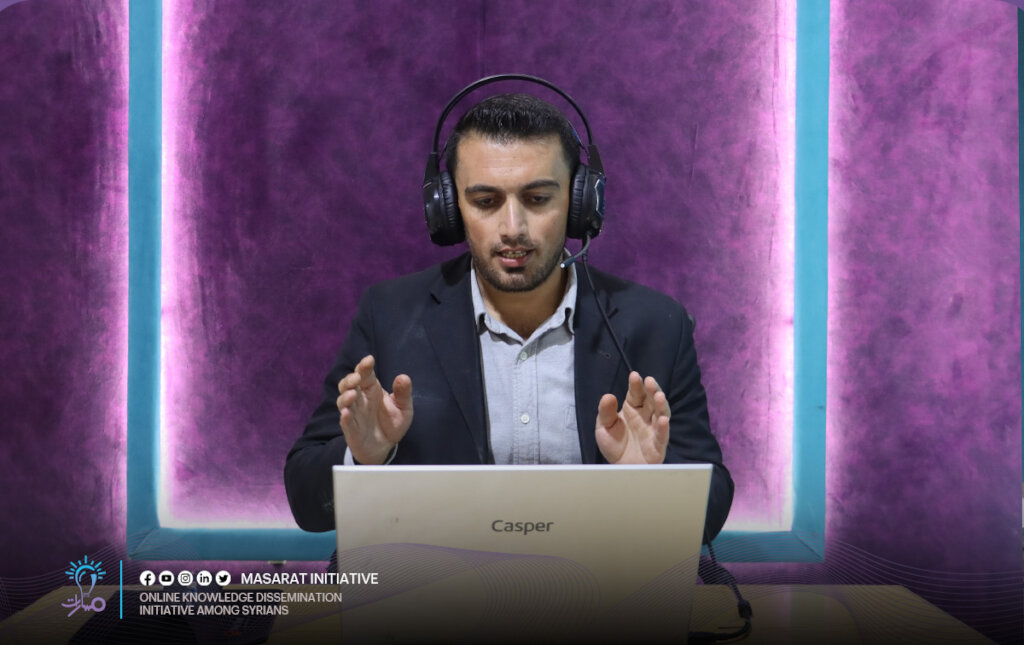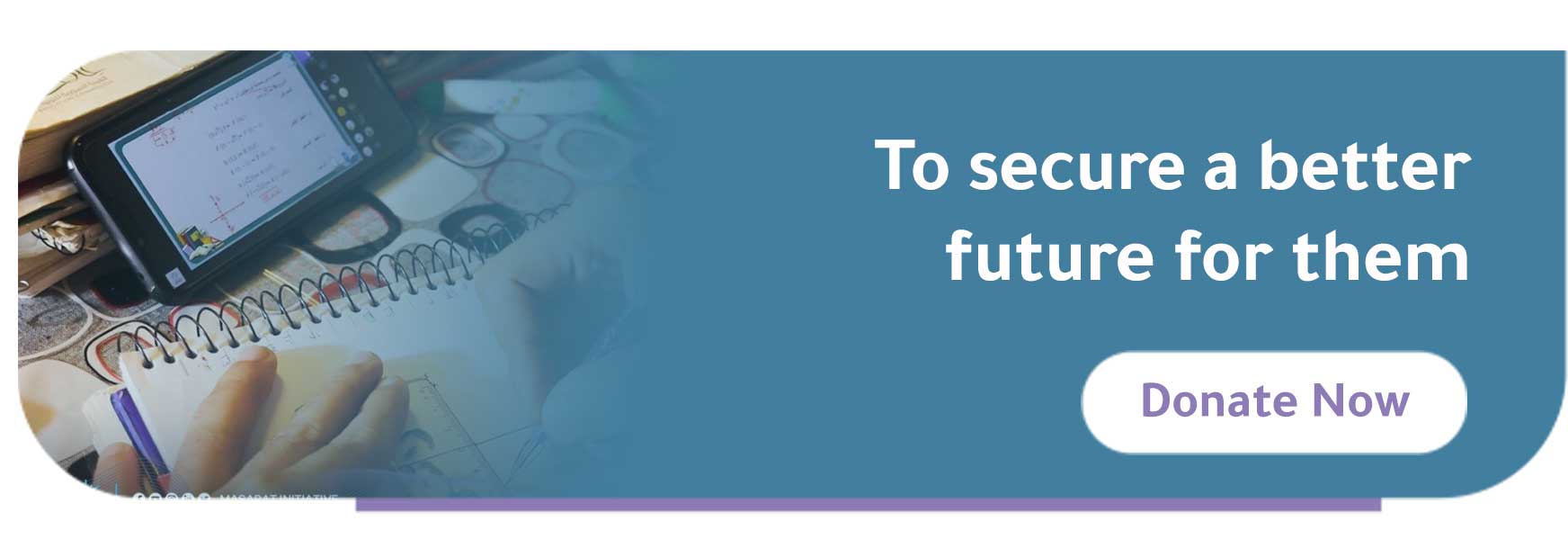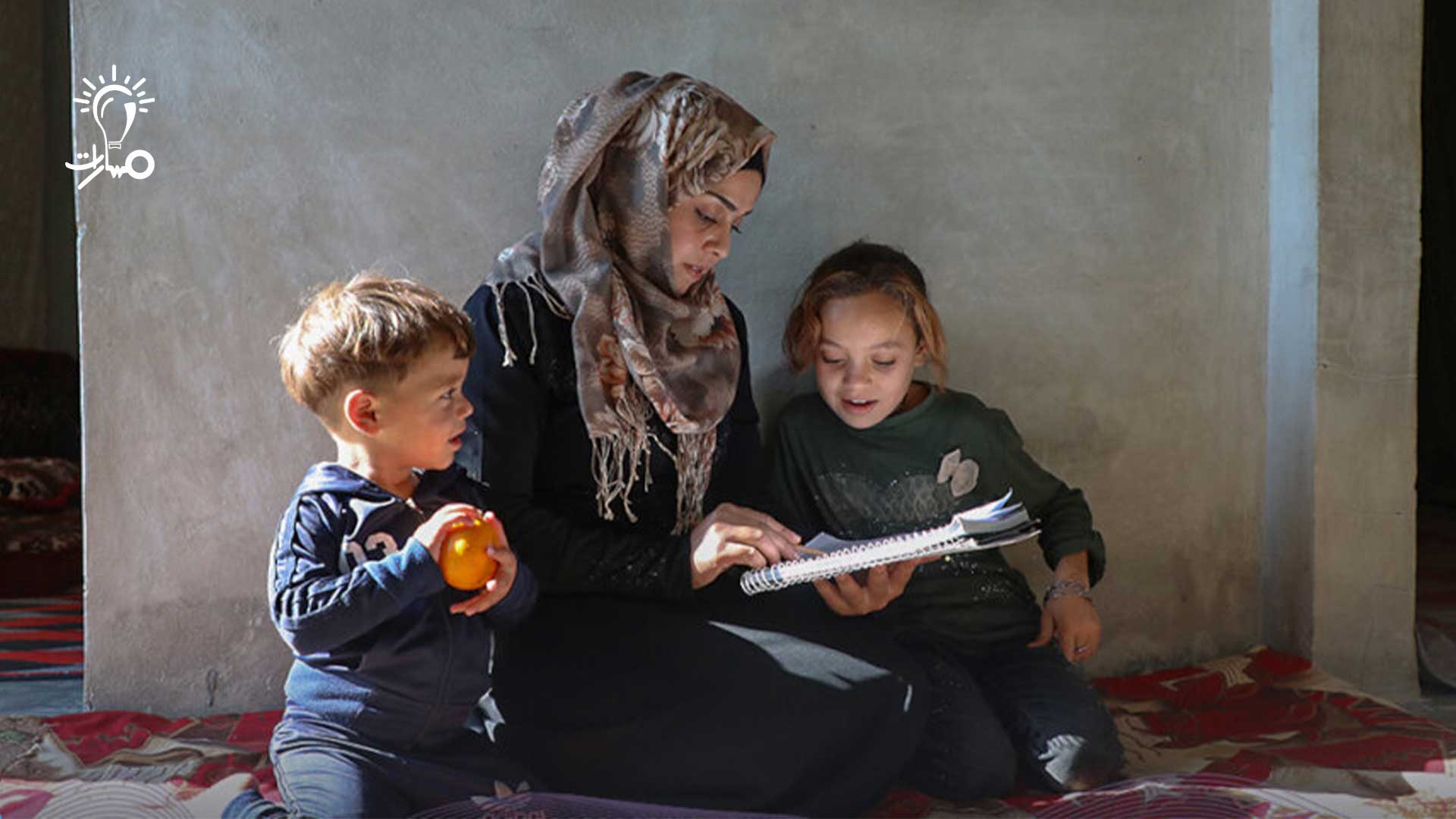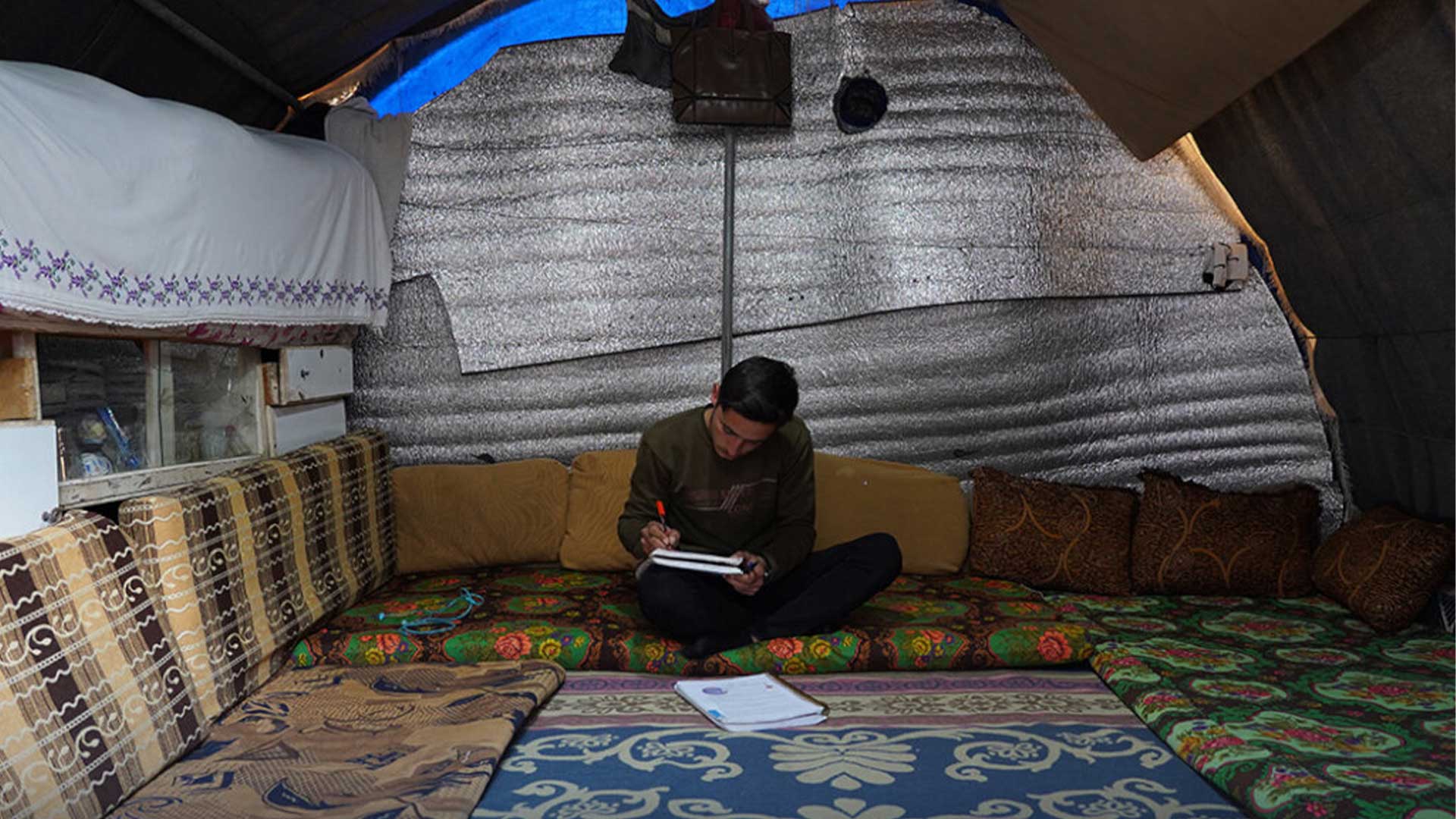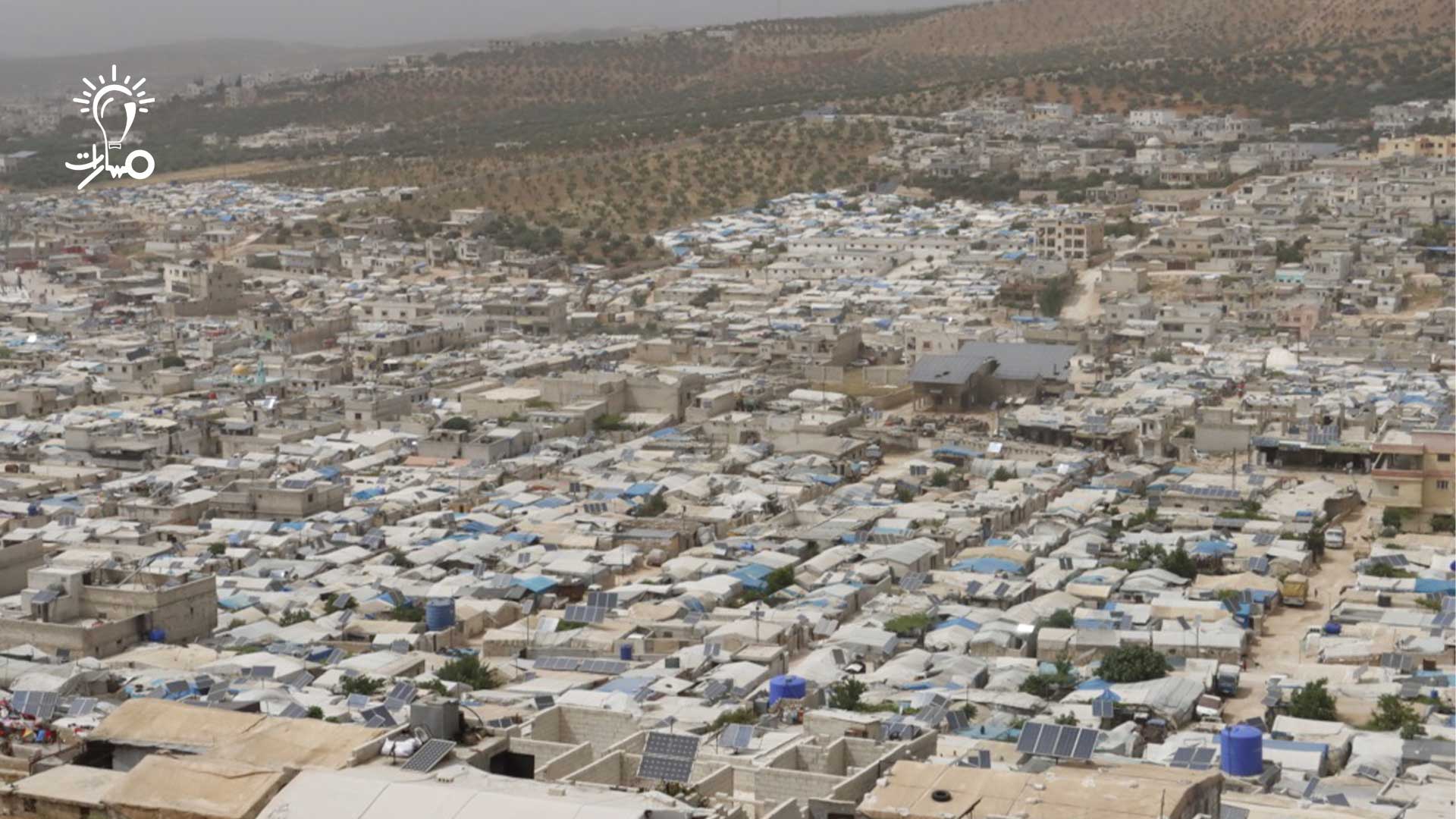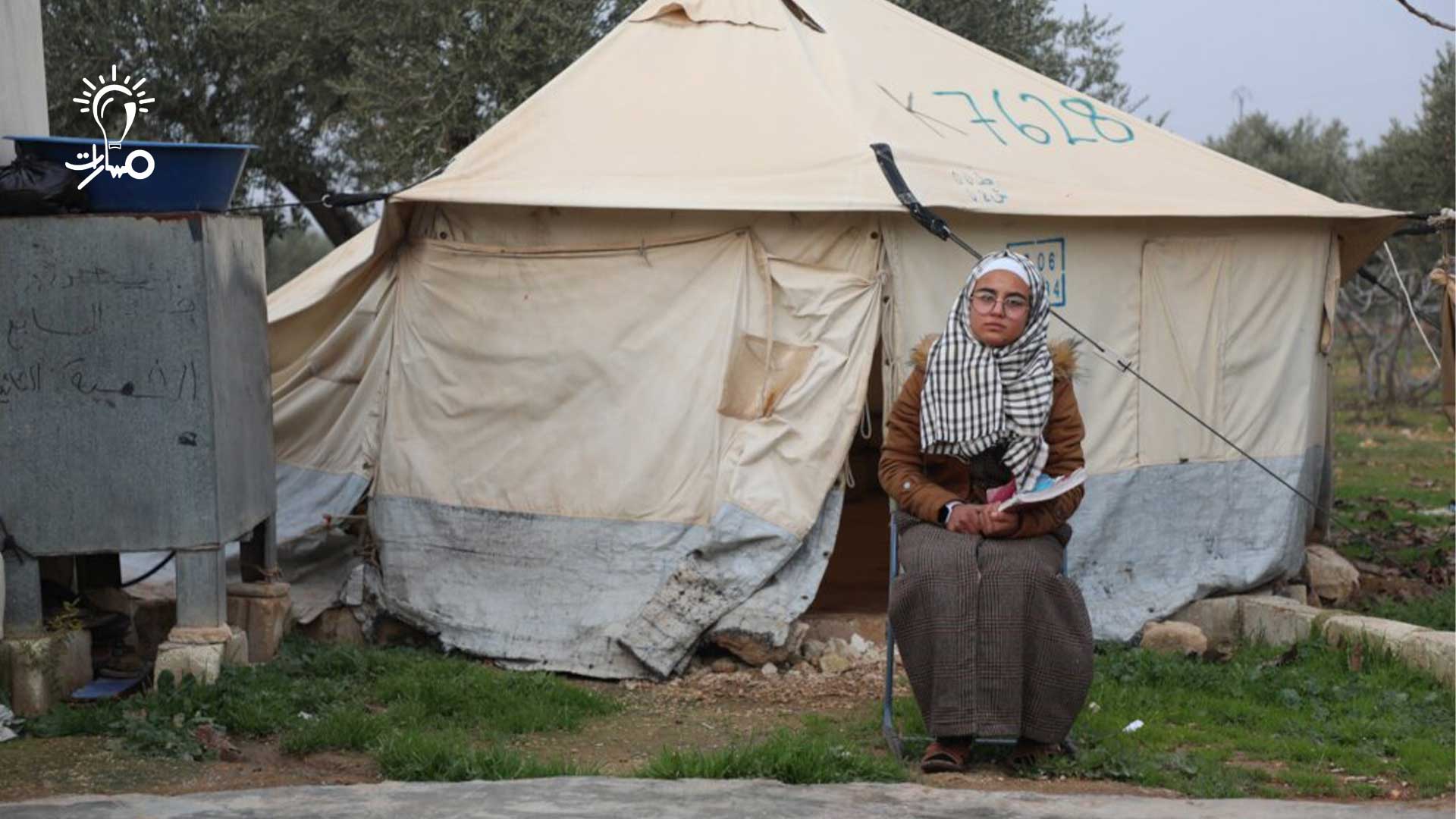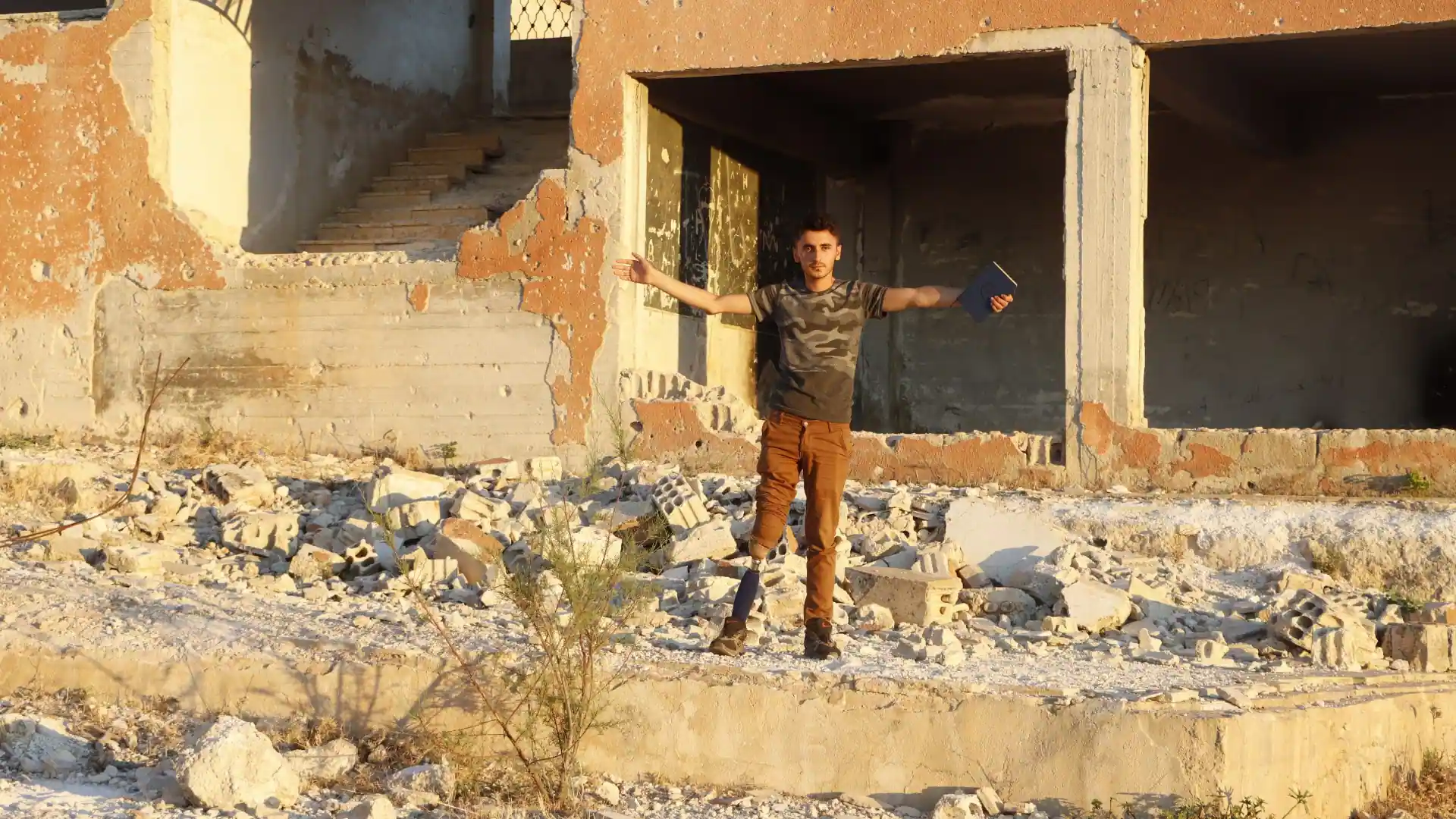As you prepare your children’s backpacks and lunches for their first days back to school, 2.4 million students in Syria remain deprived of education, according to UNICEF. These children have no schools waiting for them, nor do they carry empty backpacks to fill with textbooks for the school year. The ongoing conflict in the region has severely and negatively impacted the education sector. This situation is not unique to Syria; it affects every place experiencing crisis or war.
This article discusses the International Day to Protect Education from Attack, the initiatives aimed at safeguarding education, and the humanitarian and legal roles involved.
How Does Conflict Affect Teaching and Learning in Conflict Zones?
Attacks on education are one of the gravest human rights violations, leaving devastating effects on affected communities. These assaults directly or indirectly target schools, teachers, and students, leading to severe individual consequences and long-term national social and economic recovery challenges.
According to the Syrian Network for Human Rights, 1,681 schools, kindergartens, and educational centers in Syria have been directly attacked from 2011 to the end of 2023.
According to “Syria Response Coordinators,” over 55 teachers have lost their lives in the past three years due to military attacks by various factions. Hundreds more teachers have fled, and others have switched to different jobs due to the suspension of educational support, with over 45% of schools suffering from a lack of funding.
This reality extends beyond northwestern Syria. In Gaza, a joint statement by UNRWA, UNESCO, and UNICEF, issued on January 24, just four months after the start of the war, revealed alarming statistics:
- Over 5,000 students have lost their lives, and more than 7,000 have been injured.
- Nearly 95 academics and researchers have died, including 77 Ph.D. holders and three university presidents.
- Over 625,000 students have been deprived of education since the start of the war.
- 22,000 teachers have lost their jobs.
- 13 public libraries and over 80% of Gaza’s schools have been destroyed, with 133 schools turned into shelters, and the numbers continue to rise.
This deliberate effort to destroy the Palestinian education system is now referred to as “educational genocide.”
In Sudan, where media attention is scarce, UNICEF reported after just six months of armed conflict:
- Approximately 19 million children are out of school.
- About 1.1 million high school students face an uncertain future.
- Of Sudan’s 22,000 schools, many have been destroyed or turned into military bases or shelters in areas not yet engulfed by conflict.
This prompted UNICEF to declare Sudan “the home of the world’s worst education crisis.”
The Future of Youth Under the Weight of Attacks on Education
Depriving children and youth of their right to education, which is the foundation for personal, social, and economic development, means destroying the future of individuals and fostering violence.
This deprivation leads to higher rates of illiteracy and poverty. Even when education resumes after crises, dropout rates remain high, with years needed to address the lingering fear and psychological effects such as trauma and depression, which hinder students’ learning abilities.
Moreover, these attacks directly affect the quality of education due to:
- Insecurity, which forces qualified teachers to flee, leading to a disparity in teacher-student ratios and a shortage of well-trained educators.
- The destruction of educational infrastructure—schools, universities, libraries, and laboratories—requires years to rebuild.
- Reconstruction efforts demand increased spending, which, if accompanied by poor management, affects teacher retention, as they often do not receive adequate pay, leading to further deterioration in education quality.
- These factors contribute to an education system and curricula that do not align with labor market needs or development requirements, thus lowering national output and increasing poverty.
Education as a Tool for Peace
Education can both fuel conflict and build peace. It becomes a driver of conflict when educational services are available to some but not all or when education is of poor quality and irrelevant to employability or resilience in difficult circumstances. When this occurs, societal frustration and discontent grow.
Conversely, when education services are equitable, of good quality, and promote a shared vision while fostering stronger relationships among community members, they can enhance social cohesion and solidarity.
Research based on data from around 100 countries over 50 years provides strong evidence that the likelihood of violent conflict doubles in countries with high levels of inequality in education. Moreover, the research indicates that increased equality in education between boys and girls reduces the likelihood of violent conflict by up to 37%.
Education policy and planning can contribute to building sustainable peace by:
- Equitably redistributing access to education, resources, and opportunities.
- Recognizing diversity and ensuring fair participation in decision-making at all levels.
- Leveraging education to address the psychological effects of past human rights violations through psychosocial support programs and more.
History and Importance of International Day to Protect Education from Attack
On May 28, 2020, during its 74th session, the UN General Assembly unanimously declared September 9 as the World Day to Protect Education from Attack, following a proposal by Qatar, co-sponsored by 62 countries.
As attacks on education increase at an unprecedented rate, this observance recognizes the urgent need to protect and preserve education.
International observances aim to educate the public about important issues, mobilize political will, and allocate resources to address chronic problems while celebrating and reinforcing humanitarian achievements.
International and Regional Initiatives to Protect Education
There are several international and regional initiatives aimed at protecting education, each varying in effectiveness depending on factors such as:
- The size and stability of funding.
- The extent of partnerships with other key actors and the ability to respond rapidly to crises.
- The specific needs they focus on and their capacity to address those in targeted areas.
At the forefront of these efforts is UNESCO. Since its establishment in 1945, UNESCO has played a pivotal role in setting international policies and standards for education. It provides technical and financial support to member states and runs numerous programs and initiatives dedicated to protecting education in emergencies and conflict situations.
Following closely is UNICEF, founded in 1946, which focuses on protecting children’s rights, including their right to education. UNICEF implements large-scale programs in countries affected by conflicts and disasters, supporting school construction and teacher training.
Another significant NGO is Education in Emergencies Fund (EEF), established in 2009. EEF focuses on providing financial and technical support for educational projects in conflict-affected areas. Its flexibility and quick crisis response capabilities make it stand out.
The Global Coalition to Protect Education from Attack, founded in 2012, is a partnership of governments, international organizations, and civil society. Its goal is to raise awareness of the importance of protecting education and to offer support to countries working to safeguard schools and teachers from attacks.
Regionally, organizations like the Arab League, the African Union, and the European Union have programs to support education in their member states. These programs are expected to provide assistance to countries struggling with educational resource shortages, particularly in conflict zones.
On a local level, hundreds of initiatives have been launched to protect education, but many face significant challenges. These challenges include a lack of sustainable funding, the inability to access conflict-affected areas, political and security changes that hinder educational project implementation, and a focus primarily on primary education, despite the pressing need for secondary and higher education support.
Masarat Initiative is one such initiative operating completely free of charge to serve the education sector in northern Syria. It provides online services to anyone wishing to continue their education, helping them become active members of their community. Masarat offers its services through four main tracks:
So far, the initiative has benefited over 31,000 students. As the new academic year approaches, Masarat is witnessing a surge in new participants, indicating both the immense educational need in the region and the high quality of services provided by the initiative through the optimal use of available resources.
The Humanitarian and Legal Role in Protecting Education
For all the aforementioned reasons, education is considered a legally binding right that states, as parties to international and regional treaties, must respect. These states are obligated to take concrete, necessary steps to ensure the full realization of the right to education, at all times and in all places.
Even in situations of insecurity or armed conflict, states must make every effort to meet at least the minimum essential obligations related to the right to education. This requires concerted efforts at international, regional, and local levels.
As of now, there are no specific provisions or judicial precedents in international criminal law that address the protection of education itself. The law only refers to education in the context of targeting or destroying “educational property,” which highlights the urgent need for increased international focus on the impact of insecurity and armed conflicts on the education sector.
In armed conflicts, the right to education is derived from both international human rights law and the rules of international humanitarian law. The Geneva Conventions address education in four common scenarios during armed conflict:
- Parties involved in any international armed conflict must take necessary measures to ensure the education of children under 15 years of age who have been orphaned or separated from their families as a result of the conflict.
- In cases where civilians are detained during an international armed conflict, detainees should be encouraged to pursue education, with facilities provided to ensure access to education, particularly for children and youth.
- Authorities must cooperate to ensure the operation of educational institutions for children.
- In non-international armed conflicts, parties must ensure that children receive the care and assistance they need, including education.
The Responsibility of Governments and Civil Society to Protect Education
While the state bears the primary responsibility for ensuring the right to education, other actors also play crucial roles, including:
- International agencies like UNESCO and UNICEF.
- International financial institutions, which must prioritize education.
- Civil society, which helps hold governments accountable for fulfilling their obligations.
- Parents, who must ensure their children attend school.
The state is obligated to respect, protect, and fulfill the right to education, even during times of conflict and crises. This can be achieved through several measures, such as:
- Ensuring that education receives a fair share of funding.
- Protecting education budgets from cuts during emergencies.
- Guaranteeing continuous professional development and training for teachers and educators, including displaced and refugee teachers.
- Ensuring that teachers work in safe, healthy, and well-resourced environments, particularly in emergency situations.
Masarat Initiative to Support Education in Conflict-Affected Northern Syria
Initiatives like Masarat, which are dedicated to preserving the right to education, play a significant role in supporting educational programs and mobilizing public and international attention to the education sector, particularly in conflict areas.
Masarat, a voluntary educational initiative, aims to spread knowledge online among Syrians and facilitate access to trusted educational resources.
Masarat believes that education is essential to building creative and productive individuals who can shape a better future. The initiative relies on the idea that knowledge is the foundation of human development and empowerment in society, and that true education lasts a lifetime.
Join Masarat in supporting Syrian children’s right to education by contributing to the campaign to provide education for displaced students in Syria. Your support will help Masarat continue delivering high-quality services and allow Syrian students to complete their education, improving their lives and shaping the future of their community.
Written by: Riham Habib Allah Al-Tayyib / Adapted

